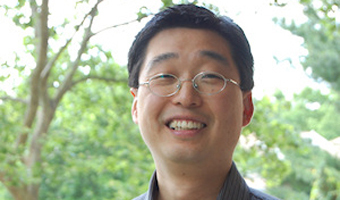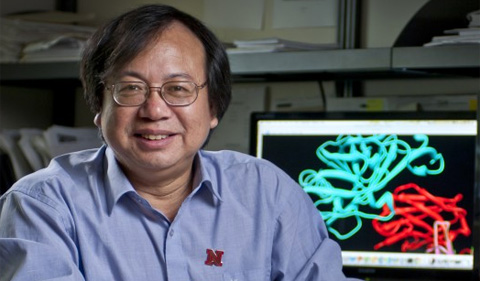Ohio University’s Chemistry & Biochemistry Colloquium Series Presents Dr. Young-Hoon Ahn on Chemical Approaches to Investigating Protein Glutathionylation on Monday, March 19, at 04:10 p.m. in Clippinger Laboratories 194.

Dr. Young-Hoon Ahn
Ahn is Assistant Professor of Chemistry at Wayne State University.
Abstract: Mitochondria are the central organelle for cellular metabolism while being an important source of ROS production. Importantly, mitochondrial ROS are emerging as key pathophysiological molecules in cardiac cells as well as a cardiovascular system. The complex role of ROS is largely mediated by protein oxidative modifications, including glutathionylation that is disulfide bond formation of protein cysteine residue with intracellular glutathione. Although several biochemical methods for identifying glutathionylation are available, individual approach has its own limitations. In order to identify and characterize protein glutathionylation, we recently developed a novel chemical method, namely clickable glutathione, that selectively detects glutathionylation in response to ROS. The central idea was to tag a ‘clickable’ functionality to glutathione by engineering glutathione synthetase (GS), a non-rate limiting enzyme in glutathione (γGlu-Cys-Gly) biosynthesis. With this approach, we analyzed glutathionylation of global and individual proteins in response to metabolic alteration that potentially increases a level of mitochondrial ROS. Proteomic and biochemical analysis with our clickable glutathione approach led to identifying multiple target proteins of glutathionylation, including SMYD2 implicated in cardiac and skeletal muscle. In this talk, I will present our clickable glutathione approach, characterization of glutathionylation in metabolic alteration, and functional significance of SMYD2 glutathionylation in muscle.
The host is Dr. Justin Holub.



















Comments